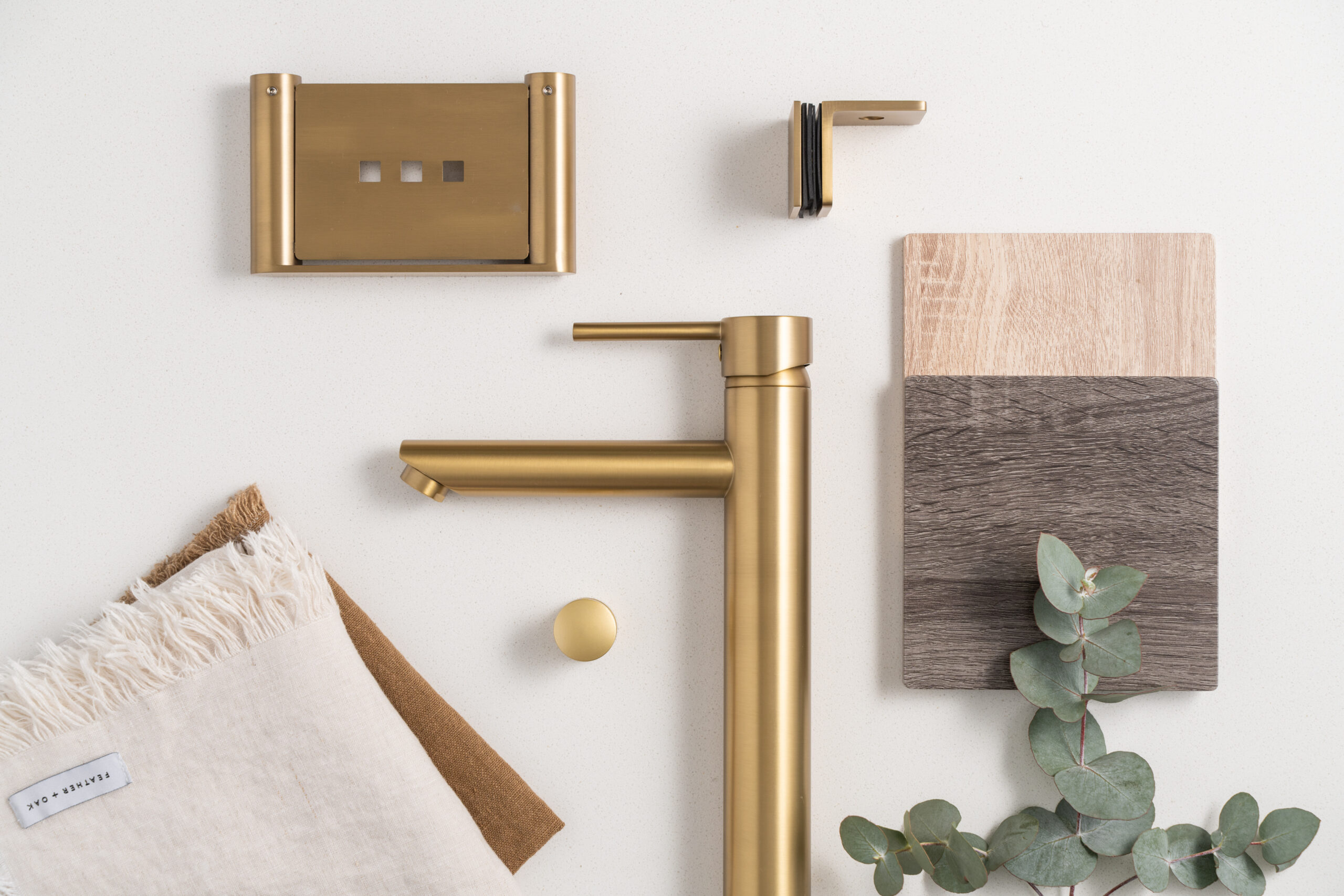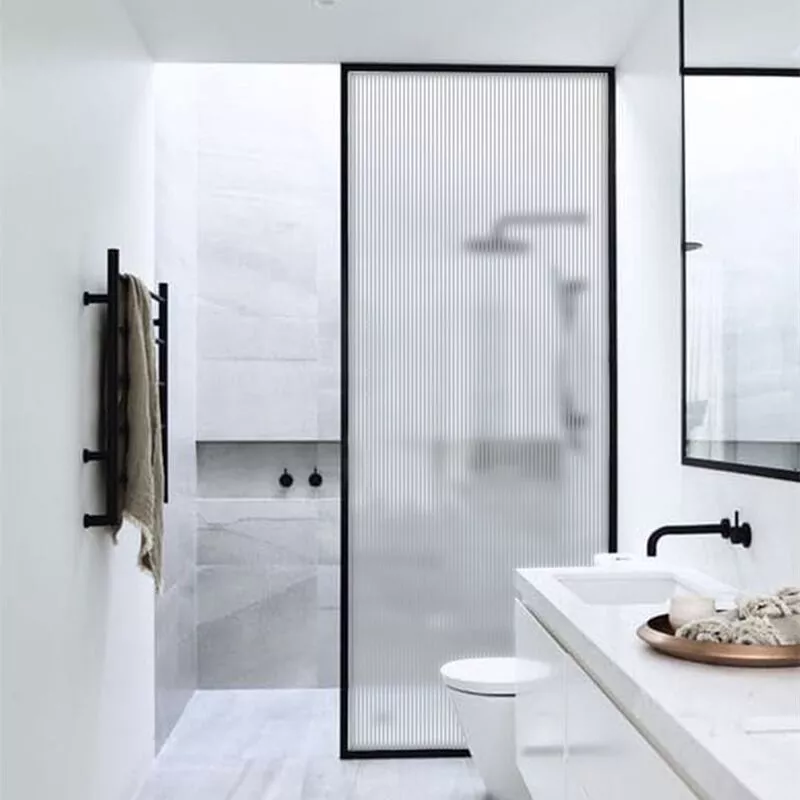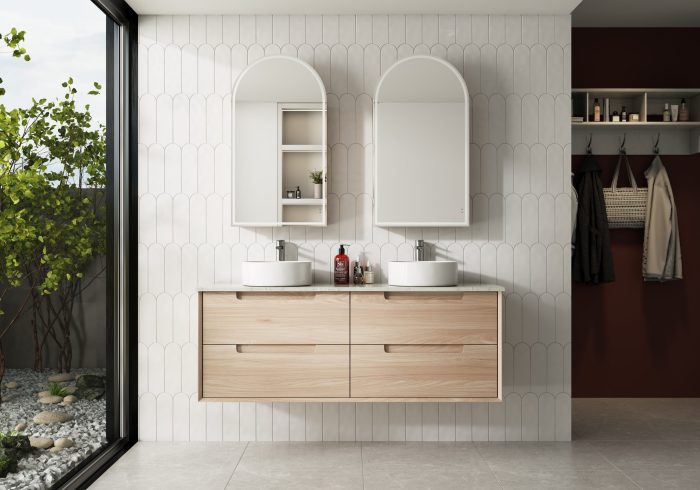Just picture turning on the faucet with a sink full of dirty dishes and getting nothing but drops, then you may wonder, “Why did I lose water pressure in my kitchen sink?” There are a variety of problems that lead to this frustrating situation. We’ll go over some things you can check and repair on your own, as well as how to tell when it’s time to call a pro. Read on to learn about the reasons and solutions for low water pressure on kitchen faucet.

Reasons Leading to Low Water Pressure in the Kitchen Sink
There are many reasons for the low-water-pressure kitchen sink. Among the most frequent causes are:
- Leaks
Look for signs of a leaky pipe, such as wet patches near plumbing fixtures on walls or floors, an increase in your water bill without a change in your water usage, or discolored spots on the ceilings below the kitchen which are caused by condensation from leaking pipes inside walls and ceilings.
- Municipal Water Supply Problem
Low water pressure sink in your kitchen can be caused by municipal water supply issues, such as maintenance work or high demand during peak hours.
- Aerator Clogs
The aerator is the screen at the faucet’s end that controls the flow of water. It can restrict water flow and cause the kitchen tap no pressure if it becomes clogged with sediment or mineral deposits.
- Pipe Clogs
Pipes may accumulate dirt, minerals, or debris over time. Low water pressure and restricted water flow may result from this.
How to Fix Low Water Pressure in Kitchen Sinks
After you’ve checked the above reasons for low water pressure in the kitchen sink, you can move on to some DIY solutions to increase water pressure in kitchen sinks, and there are several tools available to help you fix it. Here are a few tools you might need and the specific steps:
Tools You Need
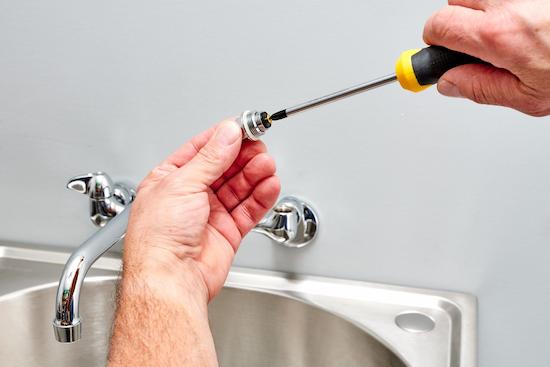
- Teflon Plumber’s Tape
Plumber’s tape can aid in improving the seal and water pressure around leaking connections and loose fittings.
- Adjustable Wrench
You might need to tighten and loosen nuts and bolts, which this tool can help you do.
- Screwdriver
Remove the screws and access the internal parts of the faucet.
- Pliers
This tool can assist you in tightening and loosening nuts and bolts, which may be necessary.
- Replacement Parts
To increase water pressure, you might need to replace your faucet or other plumbing fixtures if they are broken or worn out. Make sure you buy the appropriate replacement parts for the fixture you have such as kitchen sink, faucet and strainer.
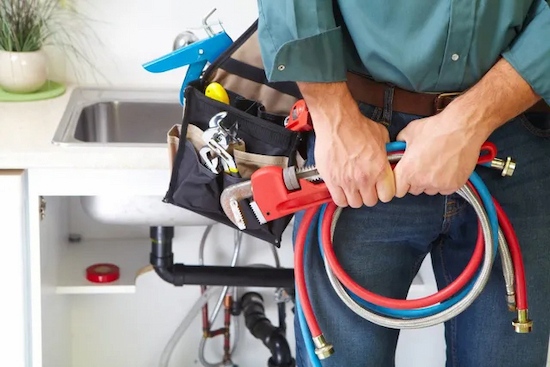
Steps on How to Repair Low Water Pressure in the Kitchen Sink
- Look for leaks. Inspect the plumbing system for any leaks, particularly those in the supply line and the area beneath the sink. Low water pressure from leaks should be repaired as soon as feasible. You can use a plumber’s tape if you can see any leaks.
- Check the water supply line. Look for a blocked or clogged water supply line that runs from the main water supply to your kitchen sink. If so, you can try to clear it with a plumbing snake or call a professional plumber for assistance.
- Clean the aerator. Remove the aerator with the pliers and clean it with a water-vinegar solution or a mild detergent. Rinse it thoroughly before reinstalling it.
- Check to see if the water supply line running from the main water supply to your kitchen sink is blocked or clogged. If so, you can try to clear it with a plumbing snake or call a professional plumber for assistance.
If you’ve tried all of the above solutions and still have low water pressure in your kitchen sink, it’s time to call a professional plumber to diagnose and fix the problem. They may use specialized tools and techniques to diagnose and repair the problem, ensuring proper water pressure in your kitchen sink.
Conclusion
Leaks, municipal water supply problems, clogged aerators, and clogged pipes are some of the possible reasons for “why did I lose water pressure in my kitchen sink”. To fix the low water pressure in the kitchen sink, try cleaning the aerator, checking the water supply line, inspecting the pipes, checking for leaks, and calling a professional plumber if necessary. It is critical to identify the root cause of the low water pressure to ensure that it is properly repaired and that your kitchen sink has proper water flow.
FAQ
Your water heater’s shut-off valve may not be fully open, which could explain why your kitchen hot water not working. If that valve is only partially closed, the flow of hot water will be restricted, resulting in low hot water pressure in kitchen sink only. Fortunately, this is a simple fix— turn the valve to the open position to make the necessary adjustment, and your hot water pressure should be back to normal now.
Yes, the air in pipes can cause your plumbing system to have low water pressure. When the air is trapped in the pipes, it can obstruct the water flow, resulting in low water pressure. To resolve the issue, try flushing out the air by turning off the main water supply, opening all of your home’s faucets, and then turning the water back on.
Yes. Taps with aerators, which are small mesh screens placed at the end of the tap, can reduce water pressure by up to 30%. On the other hand, high-pressure taps or mixer taps can increase water pressure while also conserving water.


